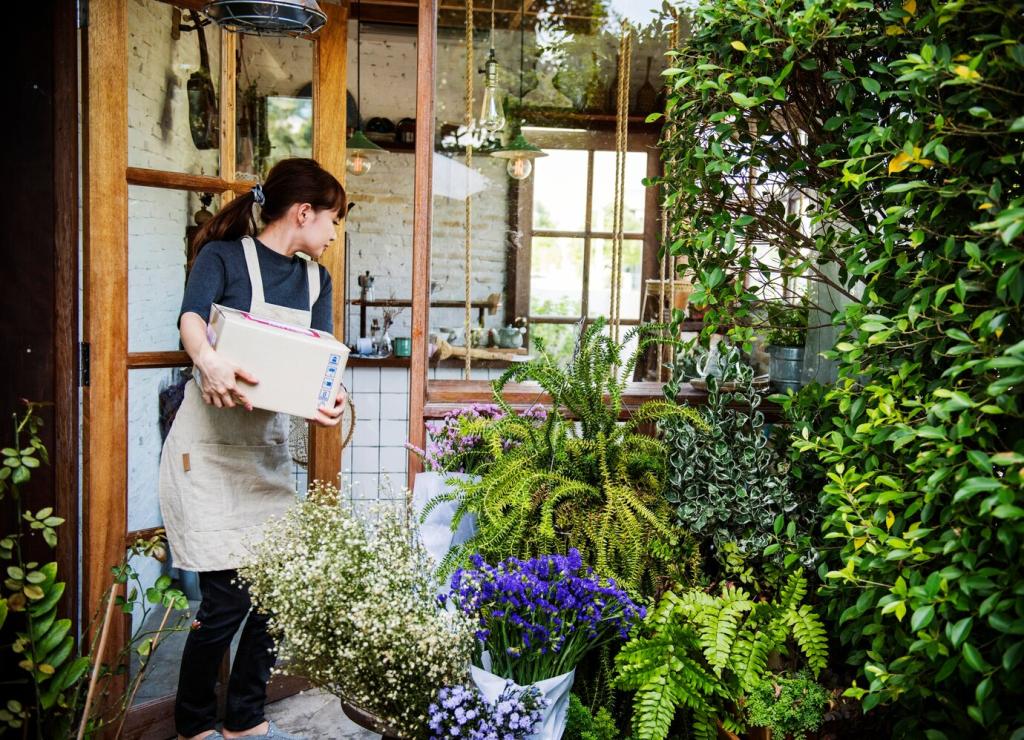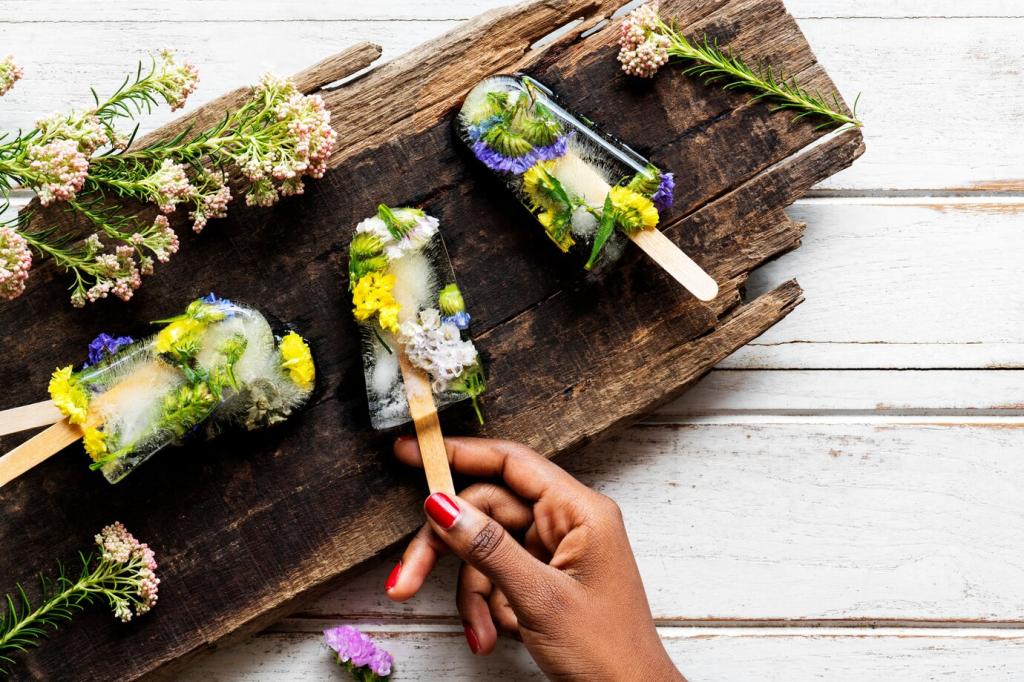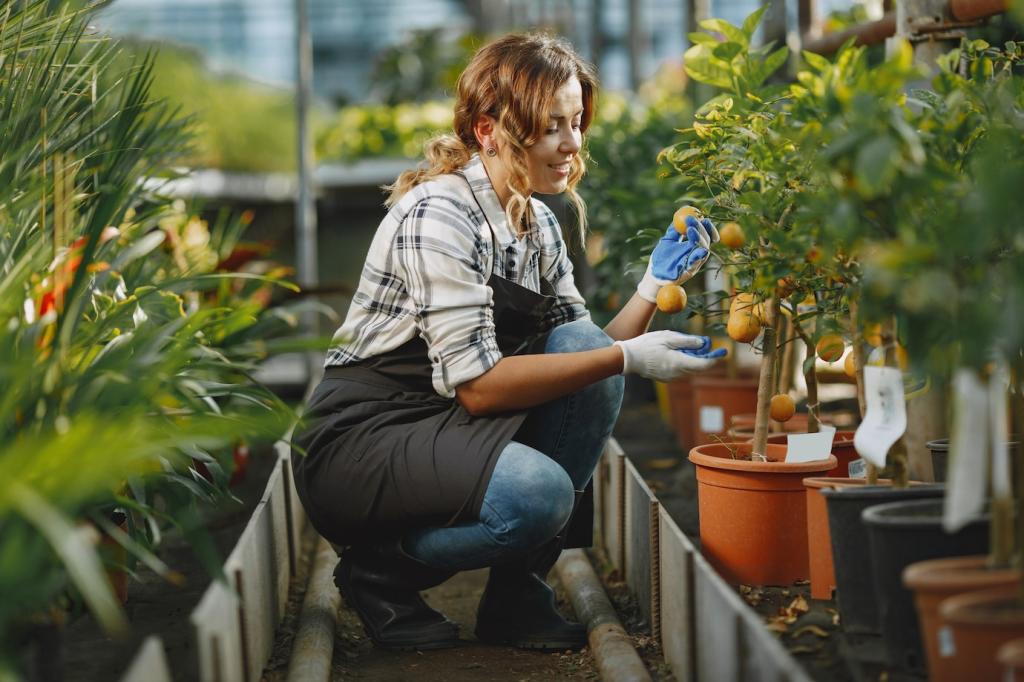Water Conservation Techniques in Urban Gardening
Urban environments present unique challenges and opportunities for gardeners seeking to cultivate lush, productive landscapes while minimizing water usage. Water conservation is not only crucial for sustainability but also assists gardeners in managing costs and adapting to regulations and shortages. Applying efficient water-saving strategies ensures that urban gardens thrive without placing undue strain on local water resources. This guide delves into proven techniques and mindful practices to help gardeners in cities create vibrant green spaces that make the most of every drop.
Smart Irrigation Practices
Drip irrigation involves delivering water directly to plant roots using a network of tubes and emitters. This technique allows for precise control of water delivery, targeting only those areas where it is needed most. By minimizing evaporation and runoff, drip irrigation systems provide substantial savings in water usage compared to overhead or traditional methods. Moreover, they can be automated, giving busy urban gardeners more flexibility and helping maintain consistent moisture levels in the soil. Installing a drip system may seem complex at first, but the long-term benefits—in terms of both plant health and resource efficiency—are substantial.

Organic mulches, such as shredded leaves, bark chips, or compost, are popular choices for urban gardeners aiming to conserve water. These materials break down over time, adding valuable nutrients to the soil while creating a barrier that inhibits evaporation. They also enhance soil structure, encouraging better water infiltration and retention. Besides conserving moisture, organic mulches improve the visual appeal of garden beds and reduce the need for chemical fertilizers. Regularly replenishing mulch layers ensures continuous protection and a sustainable cycle of soil enrichment.

Water Harvesting Methods

Collecting rainwater is one of the simplest and most effective ways to provide supplemental irrigation for your urban garden. Rain barrels or underground cisterns capture runoff from rooftops during storms, storing it for later use during dry spells. This practice reduces demand on municipal water supplies and avoids the chlorine or fluoride found in tap water, which some plants dislike. With thoughtful planning—such as using screened covers to prevent debris and mosquito breeding—rainwater harvesting becomes a low-maintenance, environmentally friendly tool for the urban gardener.
